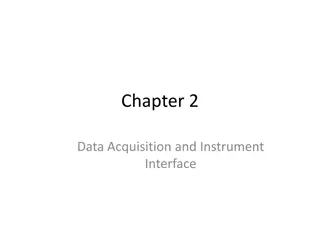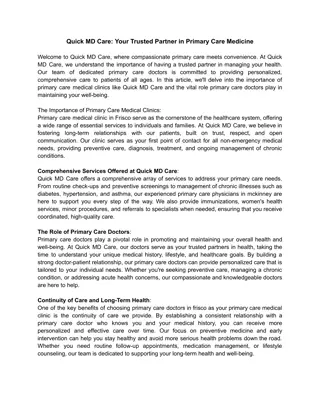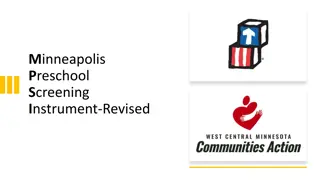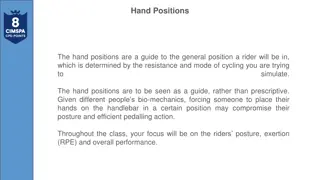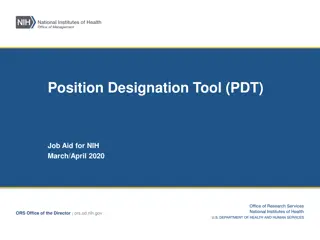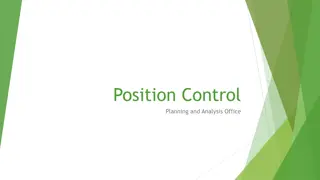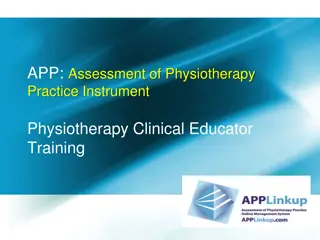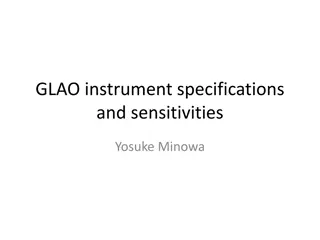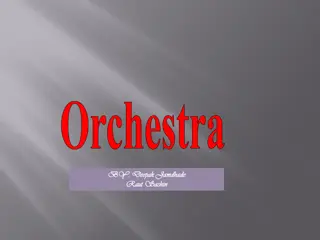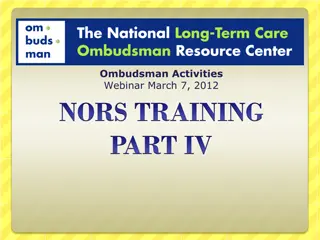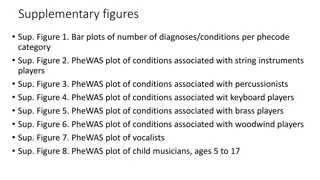AOA Page 2: Instrument Care and Playing Positions Guide
This comprehensive guide provides step-by-step instructions on getting your instrument ready, assembling it properly, caring for it to ensure longevity, and adopting appropriate playing positions for optimal performance. From rest positions to chill positions, each detail is outlined with accompanying visuals for better understanding.
Download Presentation

Please find below an Image/Link to download the presentation.
The content on the website is provided AS IS for your information and personal use only. It may not be sold, licensed, or shared on other websites without obtaining consent from the author.If you encounter any issues during the download, it is possible that the publisher has removed the file from their server.
You are allowed to download the files provided on this website for personal or commercial use, subject to the condition that they are used lawfully. All files are the property of their respective owners.
The content on the website is provided AS IS for your information and personal use only. It may not be sold, licensed, or shared on other websites without obtaining consent from the author.
E N D
Presentation Transcript
Getting Ready to Play AOA Page 2
Getting Ready to Play 1.Instrument needs to be ready 2.Properly put instrument together AOA Page 2
Instrument Care AOA Page 2
Instrument Care 1.Most important thing 2.How to make sure your instrument will work for a long time 3.Cleaning items needed to keep instrument working 4.How to use these cleaning items AOA Page 2
Playing Position AOA Page 3
Playing Position How to sit when you are playing your instrument AOA Page 3
Rest Position How to sit when you are about to play (edge of chair [except tuba and percussion], sitting tall, feet flat, staring straight ahead, and no wiggling)
Concert Position
Concert Position How to sit when you are waiting for your turn at a concert (same as rest, but you can scoot back and you can watch the band that is performing)
Chill Position When Miss Jaques needs your attention (give her your eyes, freeze, give her all of your attention, and do not talk) Chill can happen by saying Chill, blowing whistle, or standing on podium
Relax Position You can talk and sit relaxed (don t get silly though)
Embouchure AOA Page 4
Embouchure A French word used to describe the way you shape your mouth while playing. AOA Page 4
Producing Your First Tone AOA Page 4
Producing Your First Tone 1.Baby version 2.Big breath all the way to the very bottom of your stomach (do not raise shoulders).~Santa Belly~ 3.Tonguing while blowing (Too-Too-Too- Too). AOA Page 4
Practice Tips AOA Page 4
Practice Tips 1.Good firm chair with no interruptions. Use a music stand. 2.Reed instruments rotate reeds used. 3.Start with long tones. 4.Review stuff played in class. 5.Spend time on difficult items. 6.Play along with AOA CD. AOA Page 4
The Staff AOA Page 5
The Staff 5 lines and 4 spaces usd for writing music AOA Page 5
Treble Clef AOA Page 5
Treble Clef Flute, Oboe, Clarinet, Bass Clarinet, All Saxes, French Horn, Trumpet, and Percussion (bells/piano) Also called G clef. The second line of the staff is the note G. AOA Page 5
Bass Clef AOA Page 5
Bass Clef Bassoon, Trombone, Euphonium, Tuba, and Percussion (timpani) Also, called F clef. The fourth line of the staff is the note F. AOA Page 5
Bar Line AOA Page 5
Bar Line Divides the staff into measures. AOA Page 5
Measure AOA Page 5
Measure The distance between two bar lines. AOA Page 5
Time Signature AOA Page 5
Time Signature Tells us how many beats are in a measure and what kind of note gets one beat. AOA Page 5
Double Bar AOA Page 5
Double Bar The end of a section of music. AOA Page 5
The Musical Alphabet AOA Page 5
The Musical Alphabet The musical alphabet uses only the letters A though G. These are used to name the notes on the staff in LINE- SPACE-LINE-SPACE order (A, B, C, D, E, F, G, A, B, etc.). There are rules that help us remember the names of the lines and spaces of the staff. AOA Page 4
Treble Clef Space Notes AOA Page 5
Treble Clef Space Notes AOA Page 5
Treble Clef Line Notes AOA Page 5
Treble Clef Line Notes Every Good Boy Does Fine AOA Page 5
Bass Clef Space Notes AOA Page 5
Bass Clef Space Notes AOA Page 5
Bass Clef Line Notes AOA Page 5
Bass Clef Line Notes Good Boys Do Fine Always AOA Page 5
Ledger Lines AOA Page 5
Ledger Lines Used to extend the staff. AOA Page 5
Fingering Chart AOA Page 46 & 47 (end of book)
Fingering Chart Shows you how to play a note (sound) on your instrument. It also shows you where this note is found on the staff and what it is called (its letter name). AOA Page 46 & 47 (end of book)
Solo AOA Page 6


